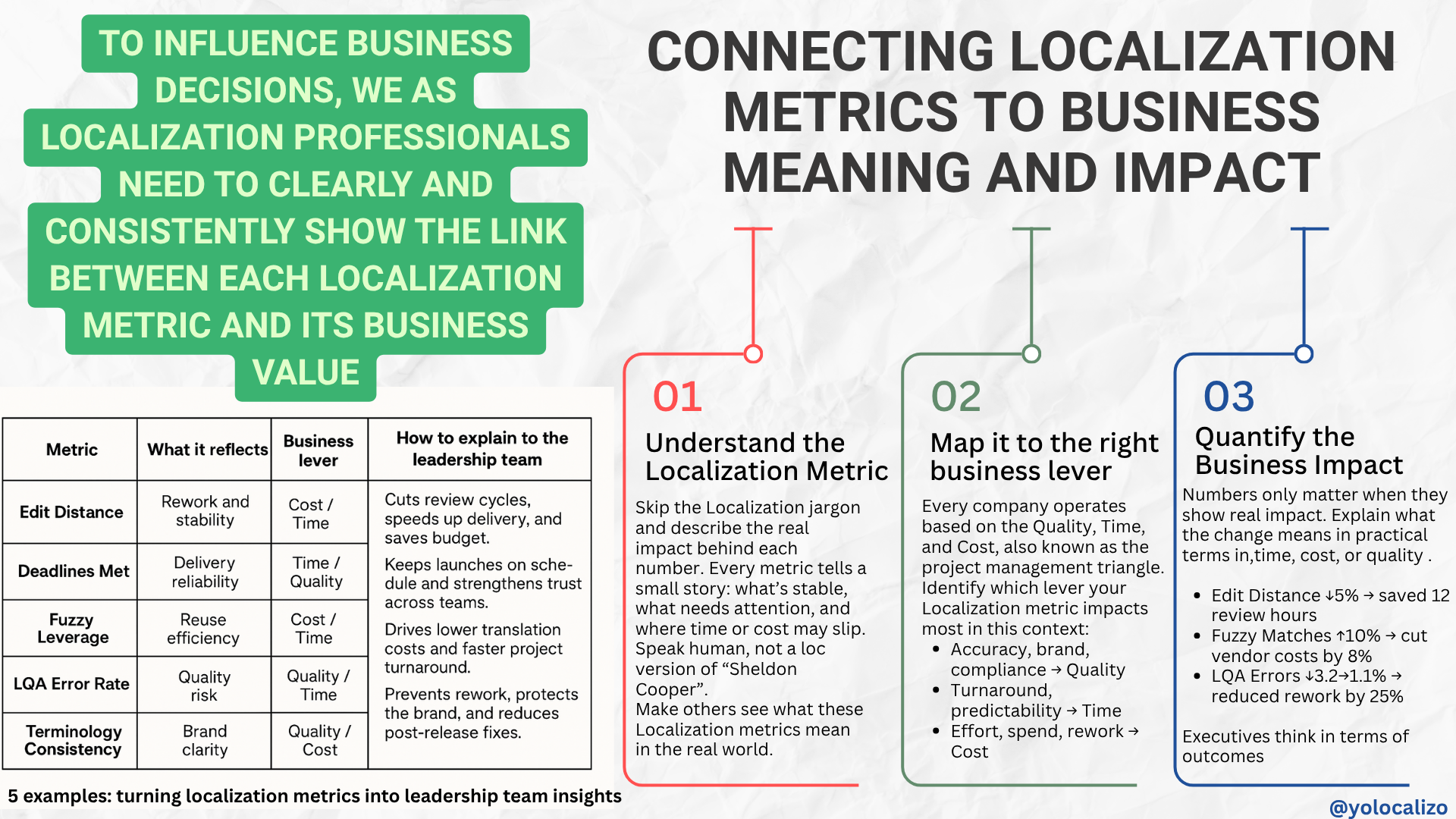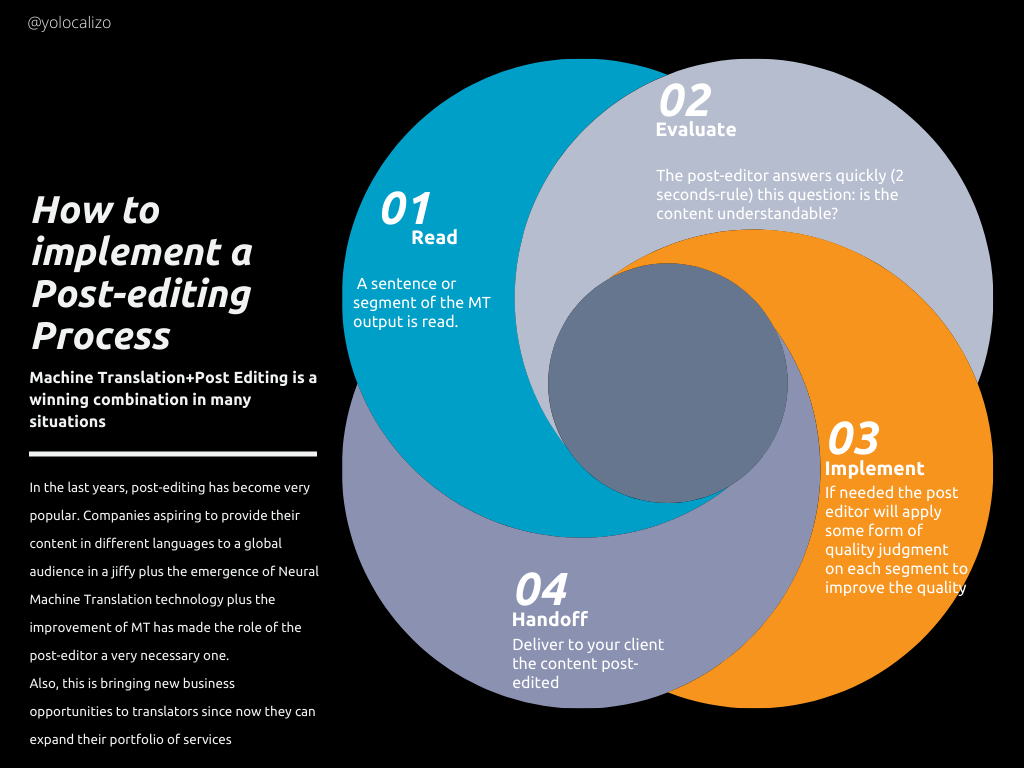Localization for Startups - what to do if you don't have money
A couple of weeks ago I finished watching the last season of the Silicon Valley TV show, that's a shame as I had a great time over 6 seasons following how Richard Hendricks and his small team created an app known as Pied Piper which contains a revolutionary data compression algorithm.
The TV show is fun, a parody of the world of startups, it laughs about the hysteria of the valley, the cliches, the unicorns... I enjoyed a lot watching it, a great parody of the crazy world we live in which an app can worth billions of dollars.
In the TV show, Pied Piper is the typical startup that we can view in all these articles that we find on the Internet They want to conquer the world and grow and grow.
And I guess that's as real as life. Startups aren't known for dreaming small. World domination is in their DNA. And global domination means Localization. For start-up thinking from the first day in languages, markets, and expansion strategies is something critical, but a majority of the start-up usually face the same problem. Either they don't have money to design a solid Globalization plan, or they don't have the role of Globalization / Localization specialist (s) in their teams (or both at the same time, ouch!)
That's not a promising beginning to conquer the world, but hey it's what it ' is.
Traditionally, cost, risk and outsourcing challenges have discouraged startups up from selling to customers from anywhere from day 1. Now, this is changing. The world of digital business is nowadays a world without borders. Your startup can be in Malaga and you might be selling your products in Vietnam…. If … you took the time to design a Localization strategy to penetrate in that particular market.
So, what can a startup do to get into the world of localization and reach millions of users? Localization is not just for large corporations with big budgets. If you want a piece of the cake that is today the global market in which we are immersed, you need that your product speaks the local languages and engage locally with your potential clients.
Below I have prepared a list of techniques that can help you to think about how a start-up can initiate the journey to go global
Click HERE to download this infographic
We will start covering the most typical case
What can you do if you don't have money to invest in localization?
Looking for a solution In- house. Many startups have people from different countries, therefore inevitably they end up doing translations in Excel files, in spreadsheets, in internal channels of the company Slack, HipChat ….
Remember that being a native of a language is not the same as being a translator. The translators are trained in linguistic and grammar topics, and you did not hire your in-house developers and app designers to do translations. Translate is not in their strengths, you hired them because they were good in another area, so keep in mind that having your Lyon programmer translating into French can be a rather tricky situation. Think about the opportunity cost! Still, in house translation is one of the few viable options when the localization budget is 0
Crowdsourcing. There are communities of translators and volunteers who can translate your software for free. You may not find free translators for all your languages, but the most common FIGS shouldn't be a problem. If you want to know more about this possibility consult this article
Machine translation. If you don't really have money, there is always Google Translate. MT has improved a lot, and it's producing good results quite often, but the risk you are taking here is very high. Anyways it's a real possibility if your Localization budget is very low or even zero!
Do proper Internationalization. Remember to your developers the importance to prepare the code to receive future translations. Internationalization is all about global code readiness. Repeat 100 times if necessary that they have to avoid putting text in image files, that they don't have to put hard-coded text in the code, preach internationalization best practices. Proper Internationalization reduces the cost of localization significantly as it will minimize enormously the amount of LQA bugs and linguistic issues found in general. If you want to know more about how to internationalize the code correctly you can consult this article
Choose your Languages wisely. You do not have to translate in 25 languages if you do not have the capacity or the budget, simply translating to Chinese, Arabic, FIGS and Portuguese you will cover a very broad market (check HERE) and if you are ambitious and want to reach 80% of the world population according to this study by translating only 14 languages we reach 80% of the population
Prioritize the content to be translated. All content does not have the same visibility. See what content is the most important of your app/website and start by localizing high visibility content first
Keep Copy Simple & Write localization Friendly. If you want to make localization as easy and fast as possible for your startup, try to keep your content concise and easy so your global audience can understand it. That will result in fewer questions from translators and will make the localization process quite smooth
Provide context. Avoid "out of subject" translations. This is a nightmare for translators and it will lead to wrong translations or many questions. To prevent this from happening, provide your translation partners with some background and reference material. Check out this post to know more about how to do this.
What can you do if you have some money to invest in localization?
Get a copywriter. A good copywriter reviews the content and style of your text and that is essential since quality begins with having the perfect English text. If the English copy is bad, the translations will be bad.
Contact with freelancers and pay them a decent rate, they will provide you a good enough quality that it'll help your app to go global
Contact an LSP. Managing freelancers, yourself is a time-consuming task. If you are translating into 12 languages the admin work to coordinate 12 freelances can be quite high. The best recommendation if you can afford it is to engage with a professional LSP. They will provide you the project management and the translators you need
Buy a TMS. A Translation Management System (TMS) automates the translation process, makes it more controllable, and eliminates repetitive tasks. Check this article I wrote about TMS to go deeper into this topic
Invest in Localization QA. Localization QA focuses on any linguistic, visual, and stylistic issues in localized games. ... Primarily, it focuses on linguistic testing and translation quality review but also covers UI/UX aspects such as text truncation, misplaced buttons, missing images … More information about LQA HERE
The Takeaway
If you should find yourself responsible for localization in a startup company, these are some tactics that you can execute to bring your company to a global level. Today, no matter where a business is physically located, expanding sales and operations to international markets is often one of the best engines for driving growth. And that inevitably means that you have to globalize your product in one way or another, so you can grow your business beyond its own borders and embrace the global marketplace.
What do you think about these tips?
What other approaches do you think a start-up can take to initiate the Localization journey?
Leave your comments and ideas below and have a great week!
@yolocalizo














Most localization discussions stop at per-word rates. However, what appears inexpensive on paper can often turn into costly delays, rework, and frustrated teams.
Total Cost of Ownership (TCO) provides a more comprehensive view, one that encompasses engineering fixes, QA cycles, support tickets, and brand impact.
When procurement and leadership focus only on price, localization becomes a cost center. When they consider TCO, it becomes a key driver of quality and efficiency. And this post explains how to approach that